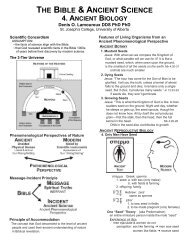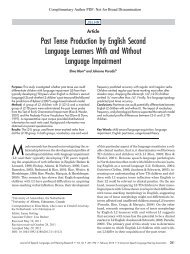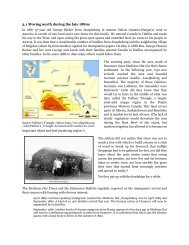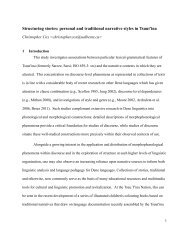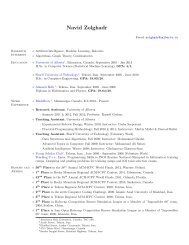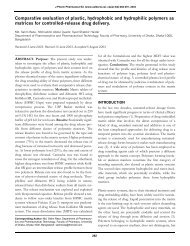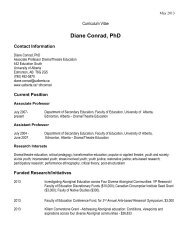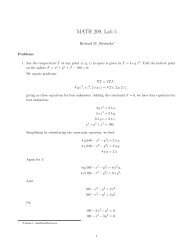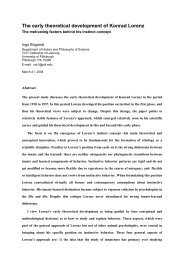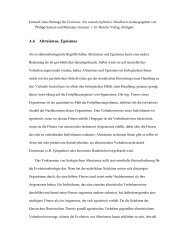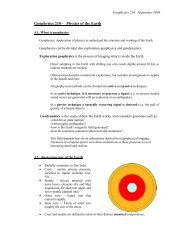Processing of Primary Fischer-Tropsch Products - University of Alberta
Processing of Primary Fischer-Tropsch Products - University of Alberta
Processing of Primary Fischer-Tropsch Products - University of Alberta
Create successful ePaper yourself
Turn your PDF publications into a flip-book with our unique Google optimized e-Paper software.
Hydrogenation with an tmsulphided catalyst is more difficult, since the acids<br />
tend to leach the metal from the catalyst. Hydrotreating technology is<br />
therefore not the obstacle, but catalyst selection is difficult. The hydrogenated<br />
product responds well to the addition <strong>of</strong> commercial quality improving<br />
additives.<br />
Hydroisomerisation: The main difference between hydrotreating and<br />
hydroisomerisation is that the latter uses a catalyst that includes acid<br />
functionality. This enables the isomerisation <strong>of</strong> the feed to take place while<br />
doing the hydrotreating. This results in a product with better cold flow<br />
properties, albeit at the potential loss <strong>of</strong> some Cetane. The reactive nature <strong>of</strong><br />
the feed needs to be taken into account when the catalyst and operating<br />
conditions are specified. The catalysts used for hydrocracking and<br />
hydroisomerisation are the same. At low processing severity<br />
hydroisomerisation is the dominant reaction pathway, but as processing<br />
severity increases more hydrocracking will take place, thereby increasing the<br />
production <strong>of</strong> low octane naphtha. Gum formation on the acidic sites <strong>of</strong> the<br />
hydroisomerisation catalyst is also possible if the feed in not hydrotreated.<br />
The use <strong>of</strong> a hydroisomerisation catalyst as an intermediate bed in a<br />
hydrotreater is therefore preferable to using hydroisomerisation as a refining<br />
option on its own.<br />
It is possible to extract some <strong>of</strong> the linear ct-olefins (typically C12-C15<br />
range) to produce detergent alcohols by hydr<strong>of</strong>ormylation [53]. This has been<br />
done in the Sasol Secunda refineries.<br />
One shortcoming that is still left unaddressed is the low density <strong>of</strong> the<br />
diesel. This can only be redressed by aromatics addition. Blending with biodiesel<br />
improves the physical density but does not improve the energy density and high<br />
energy density is actually the desired product characteristic for the fuel user.<br />
Even Euro-4 does not impose a limit on aromatics for diesel, only polyaromatics<br />
(< 11%). Some limitation on aromatics content is indirectly provided by the<br />
reduction in upper density limit to 845 kg.m 3.<br />
3.2.9 Heavier than Czz hydrocarbons<br />
The fraction <strong>of</strong> the HTFT product with a boiling point higher than 360~<br />
is small, but not negligible. Like the diesel fraction (Cll-C22) it consists mainly <strong>of</strong><br />
hydrocarbons, mostly olefins, with a low degree <strong>of</strong> branching and oxygenates.<br />
Size reduction <strong>of</strong> the hydrocarbon chains is the most important objective, since<br />
post-processing in the appropriate carbon number range is always possible.<br />
Another important issue is the density <strong>of</strong> the diesel. The preferred refining option<br />
is:<br />
9 Hydrocracking: Hydrogen addition, rather than carbon rejection, underpins<br />
the molecular size reduction. It is a clean, well-known and efficient<br />
497



